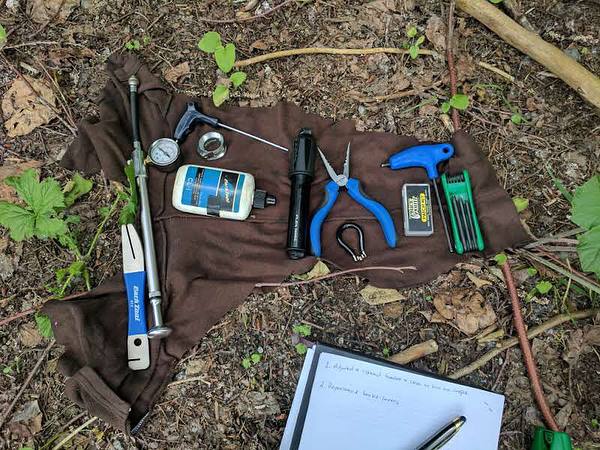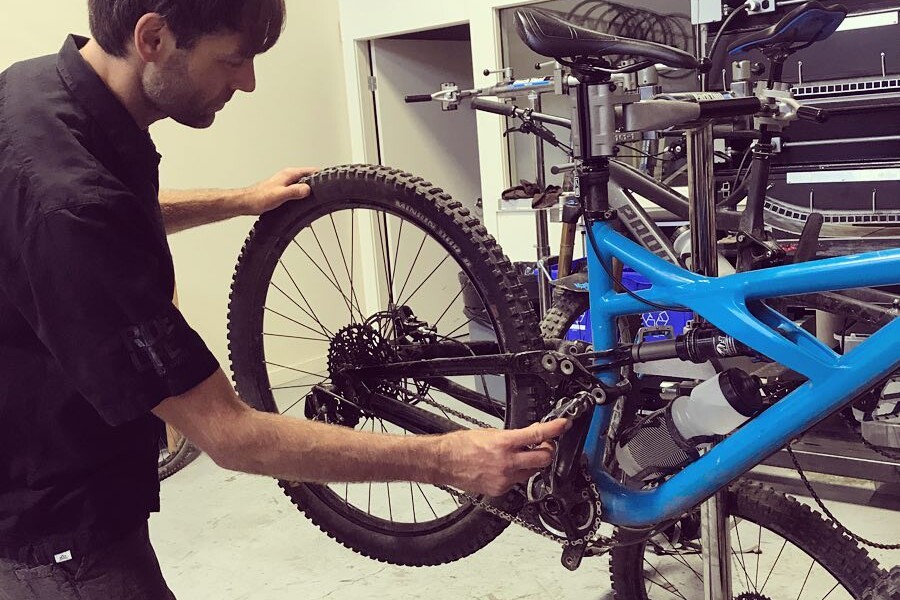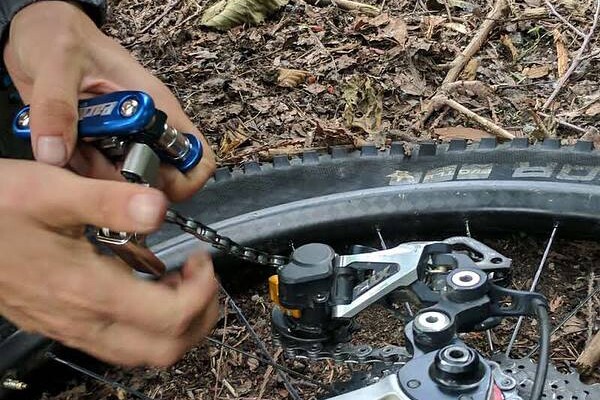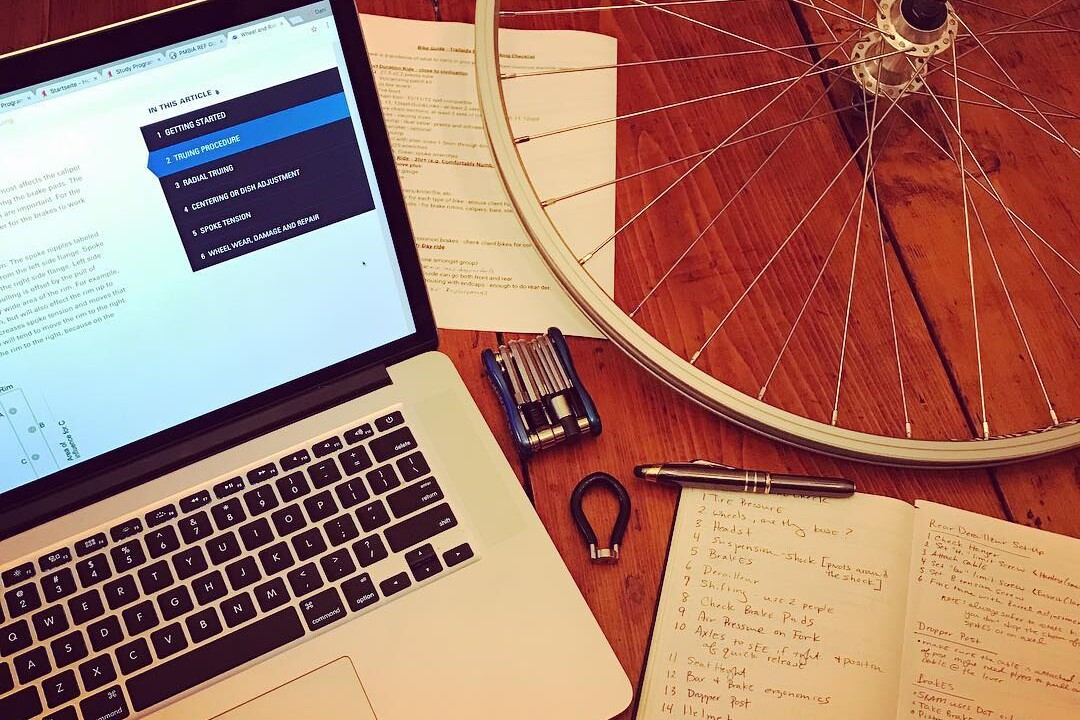By Dani Huff – Bike Guide Training Program student at Whistler Adventure School
The third key component to the Bike Guiding Program at WAS is Trail Mechanics. The school also offers a full Bike Mechanics course, but trail mechanics is specifically tailored to guiding.
To give an overview of the layout, we had evening courses once a week over the course of a month, and then a final exam on trail at the end. I loved this structure for a couple of reasons: it allowed flexility with work and play, and the spaced out courses allowed me time to get more hands on practice between classes. Trail mechanics was the section of the course I had the least prior experience with, so this structure optimized my capacity to learn.

Why is Trail Mechanics important? Maybe it’s an obvious question, maybe not. When you are guiding a group, you are responsible for the group’s experience on many different levels. Sometimes clients will come with an overall understanding of their bike and how it works, but quite often that won’t be the case. They are trusting the guide to help when things go wrong on the trail, and that means the guide needs to be prepared to handle most scenarios.
The course focused on what can we reasonably take care of on trail to get the client rolling again. We also learned what to pack depending on the length of ride and where the trails are located. The key difference in Trail Mechanics to a regular course is the environment in which you are fixing the bike: in the woods, mosquitoes buzzing, and limited resources. Unfortunately, you can’t carry an entire workshop while riding, so the key is to be resourceful and prepared. Without giving you and entire laundry list of what we learned how to repair, some of the items included are shifter cables, derailleur hangers and adjustments, headsets, spokes, and dropper posts.

We spent ample time in the shop learning how to assess and fix these issues, but we always took it to the trail to make sure we could do the same quality of work outside the pristine shop. This gave us the exposure to what it will feel like when a client’s derailleur hangers breaks in the middle of the ride, and you are the trusted expert to get them rolling again, while keeping everyone’s stoke levels up! This was one of my biggest takeaways from the course: when issues occur on the trail, fix it with speed, accuracy, and a smile.
Moments like these can be what makes or breaks a clients experience on a trip, and it’s up to the guide to make sure mechanicals don’t bring the vibe down. They happen, we can fix them, so let’s move on and get back to riding!

Photo and text credit: Dani Huff – Bike Guide Training Program student at Whistler Adventure School




